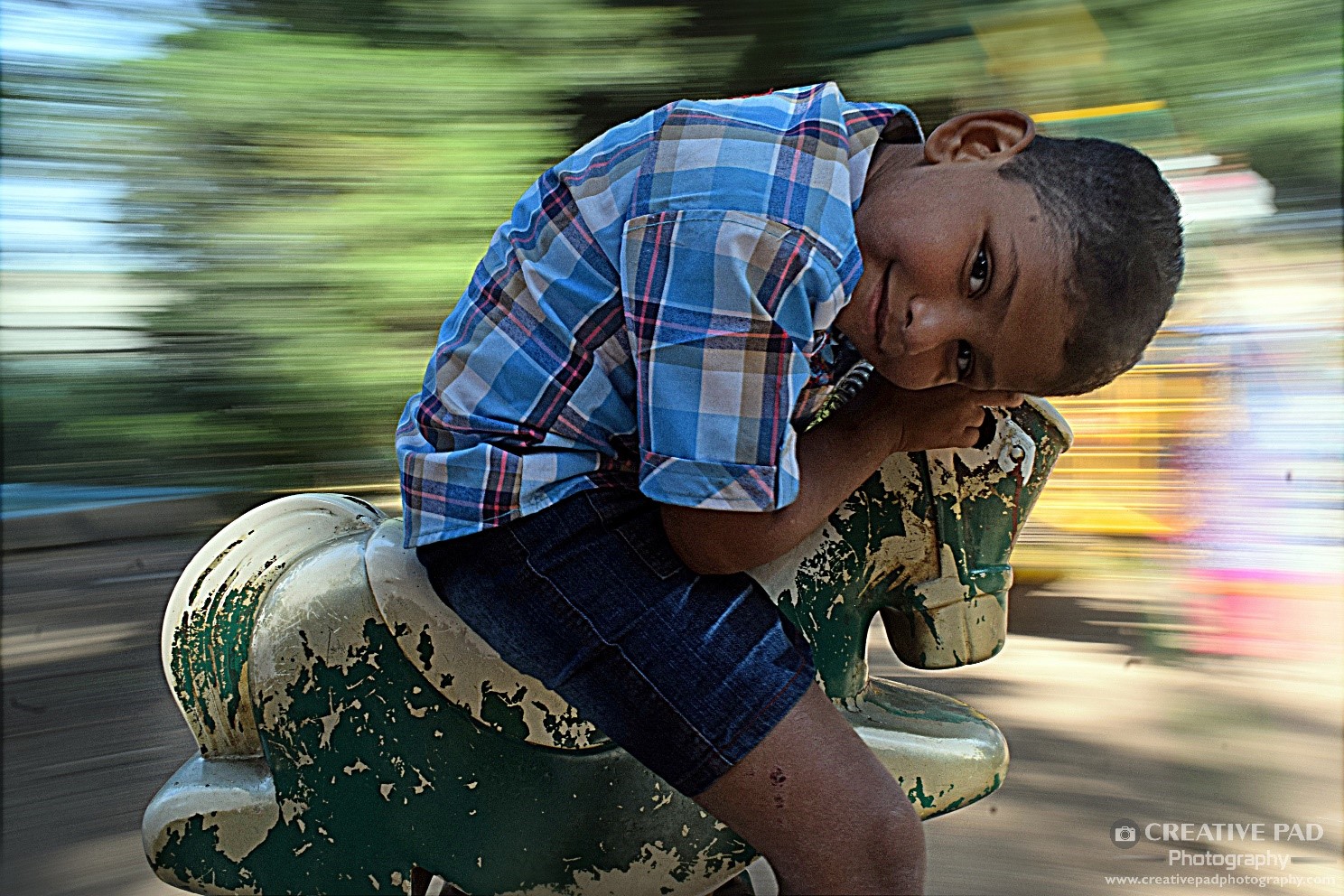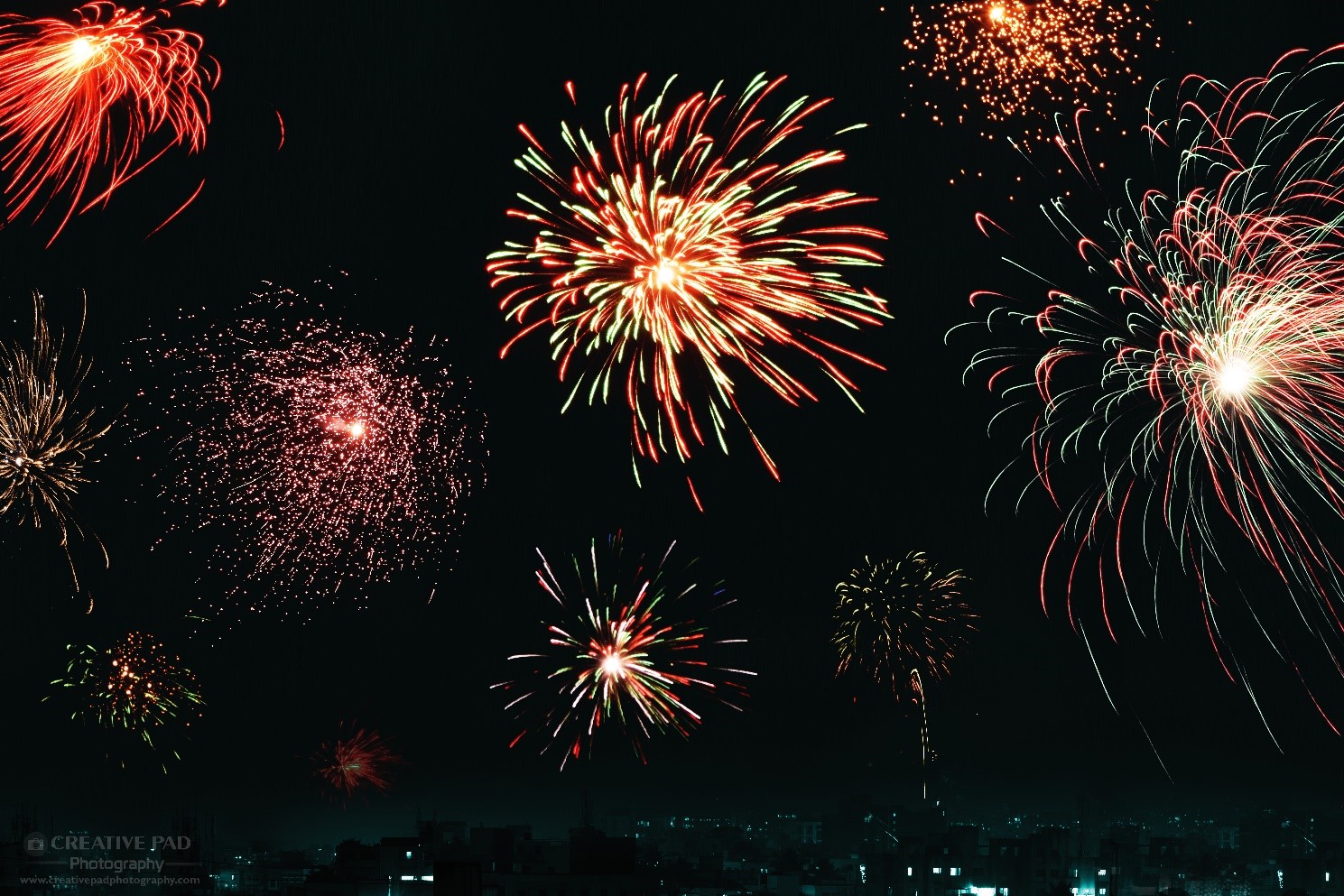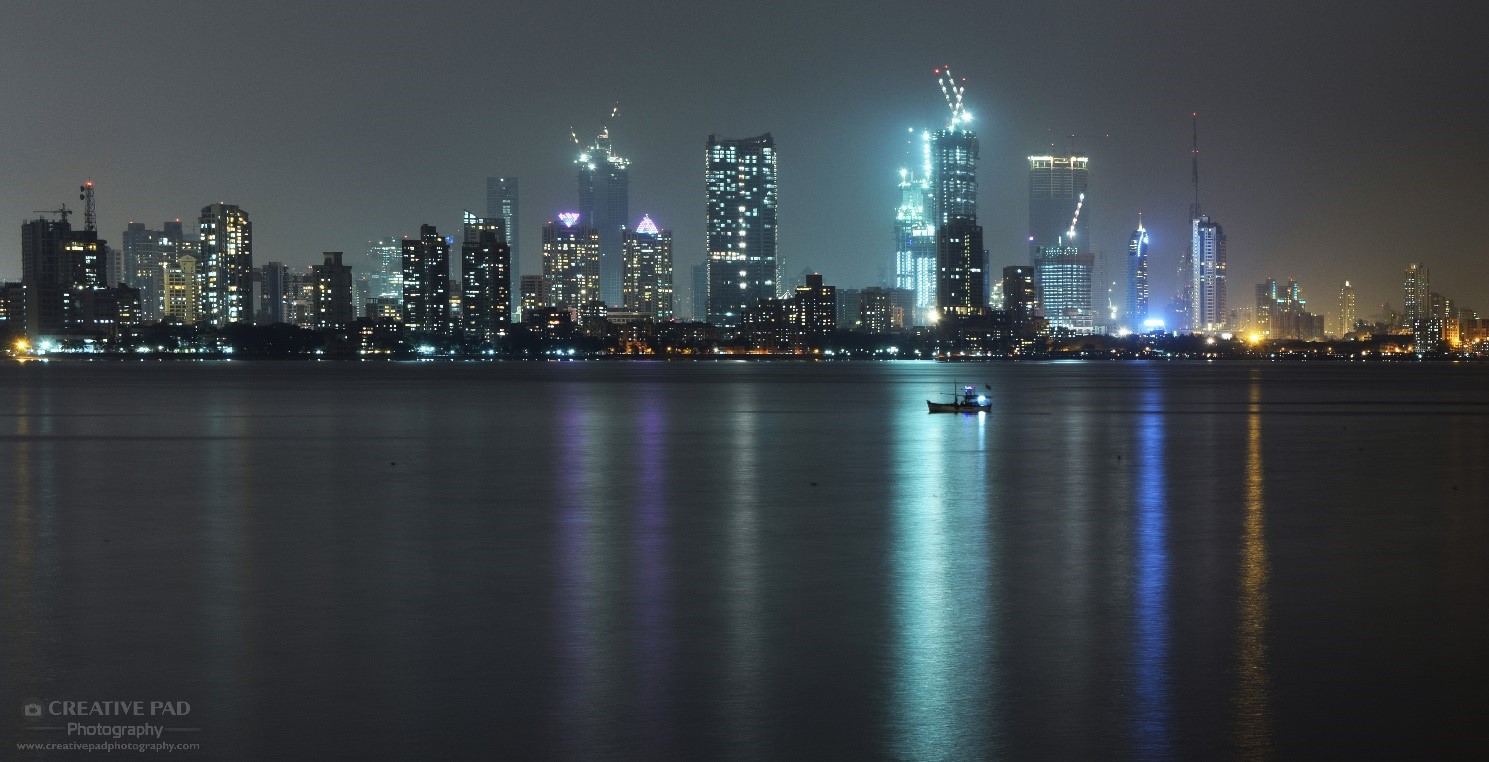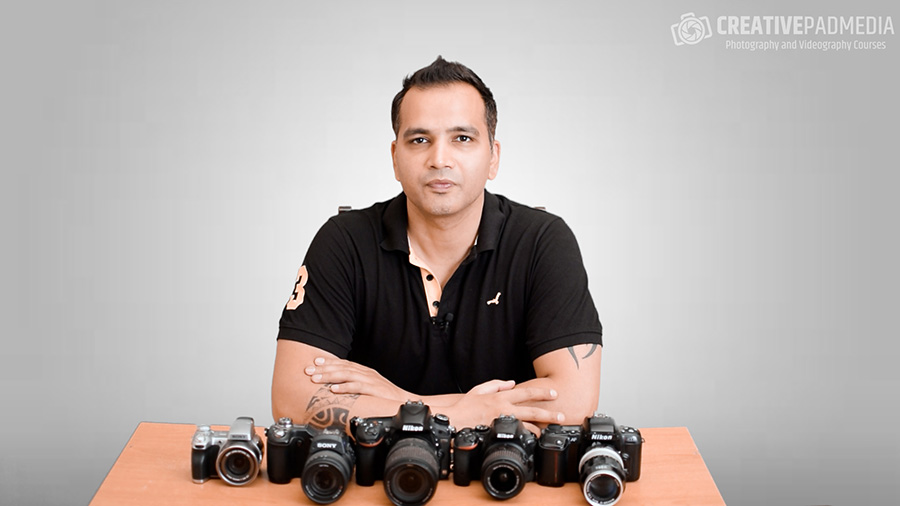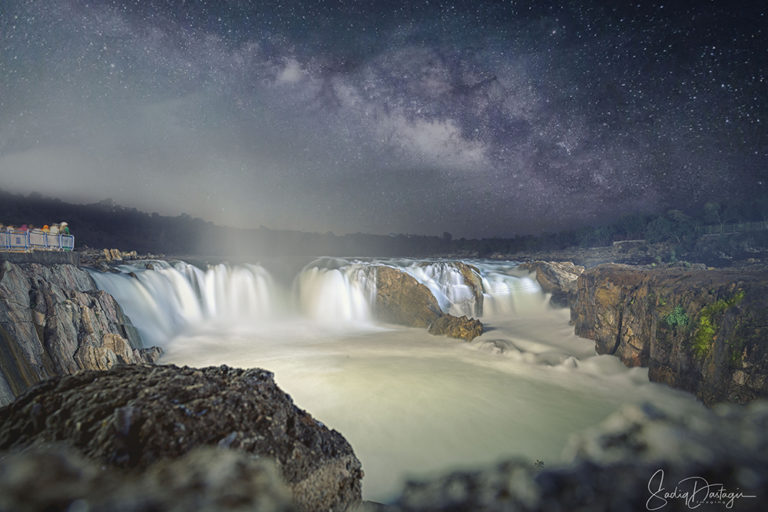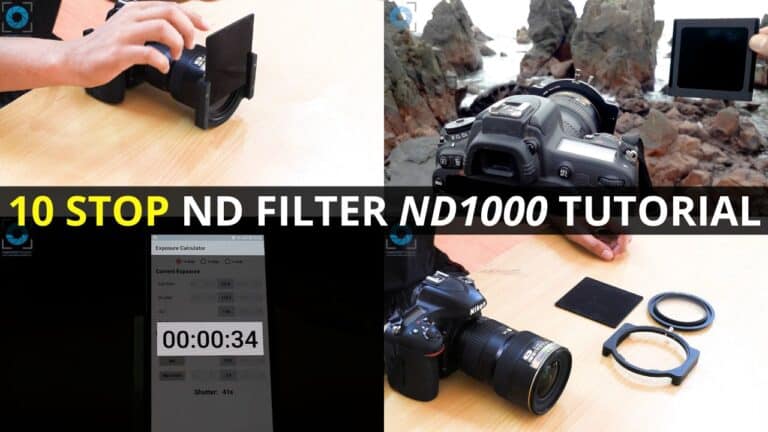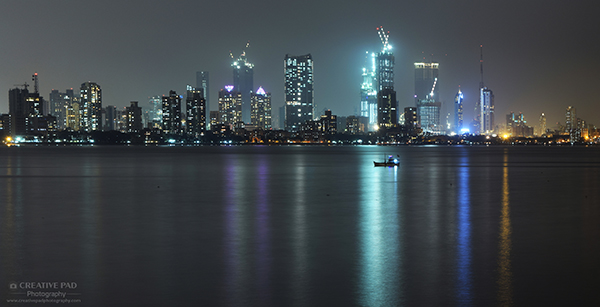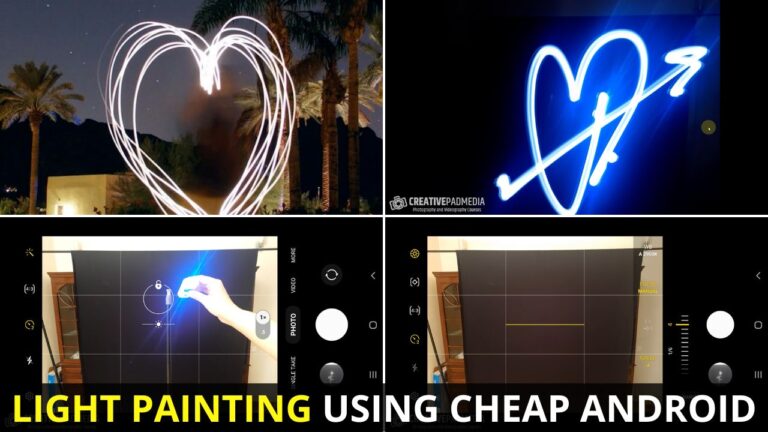Using Motion Blur to Come Up With Creative Shots
Throwing the motion of a physical object into a blur is usually considered bad because it results in the shot not being sharp.
But when you understand how a slow shutter speed can throw any type of movement into a blur, you’ll start to see that it can be used creatively in almost any situation.
Let’s take a look at some shots like these:
If you look at this shot closely, what you’ll notice is that you are actually looking at a lot of people. Here I am standing right in the middle of this street with about a hundred people walking towards me. All I’ve done here is that I have used a shutter speed of 10 seconds. This has thrown everyone into a motion blur, making them look like ghosts.
Here I’ve used a shutter speed of 2 seconds to throw the moving train into a blur.
Now this one is slightly tricky but interesting. I have placed the tripod on a merry-go-round and used a slower shutter speed of 1/15th of a second to throw the spinning background into a motion blur. Check out this article for a detailed explanation of this shot.
There are a lot of other types of shots that make sure of a slower shutter speed. We won’t go into their details right now as they can be a bit advanced. But let’s just take a look for now:
Star Trails
Because of the movement of the earth, the stars in the sky are always moving. If we use a slow shutter speed, we can achieve trails that their movement leaves. Here, I’ve taken 150 such shots with a shutter speed of 30 seconds. Each of those 150 shots consists a light trail left by the stars. Then I’ve used a photo stacking software called StarStax to combine all the 150 shots into one. So all the trails end up joining together to form one big trail for each star and the result are these long lines in the sky which look pretty cool.
Fireworks
In this shot that I captured during the Diwali festival in 2015, I have used a shutter speed of 5-6 seconds for each firework and then compiled them together into one scene in Photoshop.
Panning
Panning is a technique where you take the shot while moving your camera along with the subject. It doesn’t require the usage of a very slow shutter speed. The shutter speed has to be moderately slow. But the concept it uses is that if you are moving along with the subject, you both are relatively still and the background is moving. Hence the slow shutter speed throws the moving background into a blur. I have used a shutter speed of 1/40 here. If I had used a very high shutter speed, like let’s say 1/500, then everything would be the same but the background would be very sharp since it would freeze the whole scene.
Here, the shutter speed is 1/50.
Night Photography
Till now we had been seeing how a slower shutter speed can be used effectively for shots in which there is some kind of movement.
But even when there is no movement, a slower shutter speed can help us produce some fantastic looking shots.
For example, take a look at the shot below:
Here the light is very less as I’m taking this shot at night time. I have used a shutter speed of 30 seconds here. Using a slow shutter speed enables me to get more light into the camera as the shutter remains open for a long time.
Now why is that important? It’s important because it helps to avoid increasing the ISO which can result in noise. As a bonus, the slower shutter speed also blurs the movement of the water and this blurred look makes the reflection of the lights for the buildings look much smoother too. So it’s a win-win situation.




